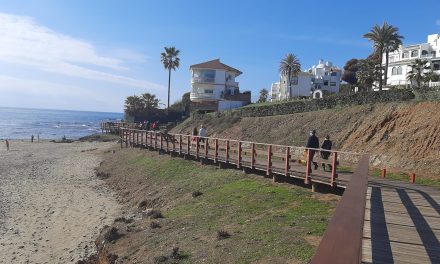By Val Javin
The Lawrence Batley Theatre has just celebrated its 30th birthday with all the razzamatazz you might expect.
A huge community production on its main stage in front of an audience which included many of those involved in the theatre’s construction and, of course, fireworks.
But that 30-year milestone is just part of the story of a project which not only saved one of Huddersfield’s most outstanding buildings, but plugged the biggest gap in the town’s arts provision.
The Lawrence Batley Theatre, housed in the former Queen Street Methodist Mission, an elegant 19th century Grade II* listed building, opened on September 11, 1994 with a gala performance followed by a week of celebrations.
It had taken two years to build but this multi-million pound conversion project had been many more years in the planning.
Though the Kirklees Theatre Trust, which runs the Lawrence Batley Theatre, was founded in 1980, it could be argued that the campaign to create a new arts complex for the town goes back much further.
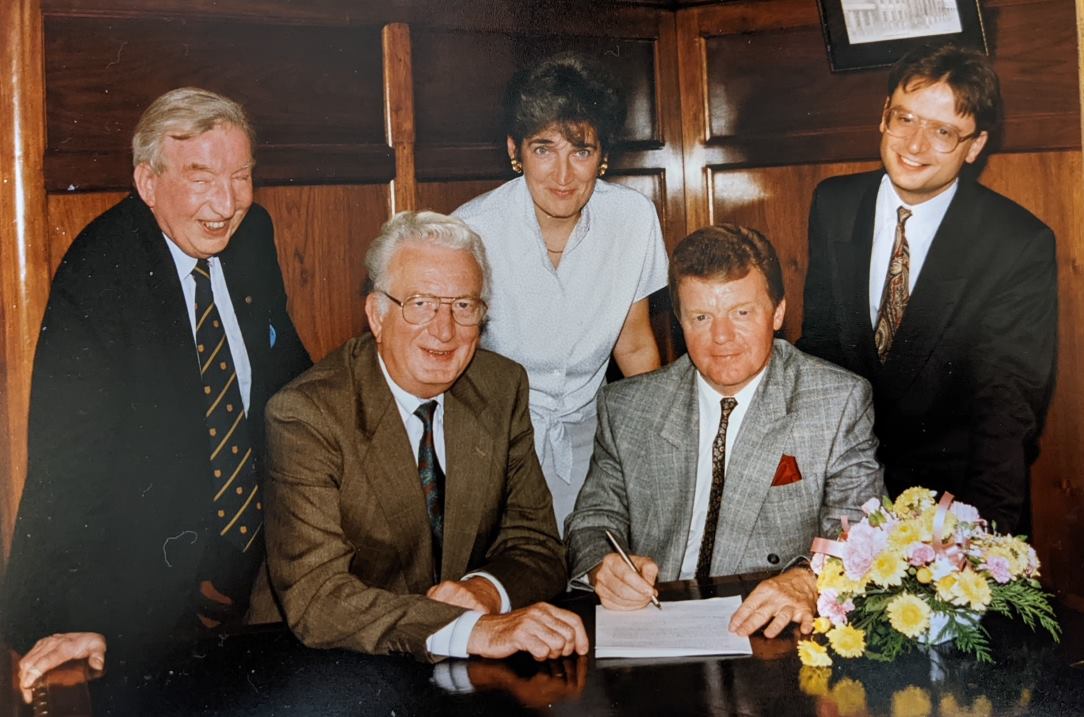
Signing the contract. From left: KTT vice chairman Michael Dyson, chairman Clr John Mernagh, Val Javin KTT development chair, representative of theatre builders Laings and, right, founding artistic director Ron McAllister.
In 1970 Huddersfield Arts Council was formed and at its first meeting it laid down a marker, politely requesting that the Town Council devote the Queen Street Mission site to ultimate development as an arts centre. Who could have envisaged how prescient that resolution would turn out to be?
By the time the Arts Council, sharing a platform with Kirklees Council, called a public meeting to test public support for a campaign to build a new theatre, I’d added the job of theatre critic to my day job as a reporter on the Huddersfield Examiner.
I was duly sent to cover the public meeting in Huddersfield Town Hall and a story that had crossed my desk routinely reiterating the frustrations of trying to find a permanent home for the wealth of arts talent scattered across the district, became a whole lot more personal.
Few towns could surely compete with the diversity of theatre and dance groups, choirs, bands, musical groups and operatic companies, writers and visual artists working across the district, all with stories to tell and to share – but with no shared home in which to do that. They were determined to fix that and so were the many supporters and volunteers working with them.
As I followed the story, my weekly arts columns were regularly filled with agonies – and small victories – as the steering committee set up by Huddersfield Arts Council and led by pianist and music teacher Mrs Joan Sheard, edged ever closer to registering the limited company needed to begin fundraising and the myriad other tasks needed to get a theatre project through all the legal, planning, design and technical issues.
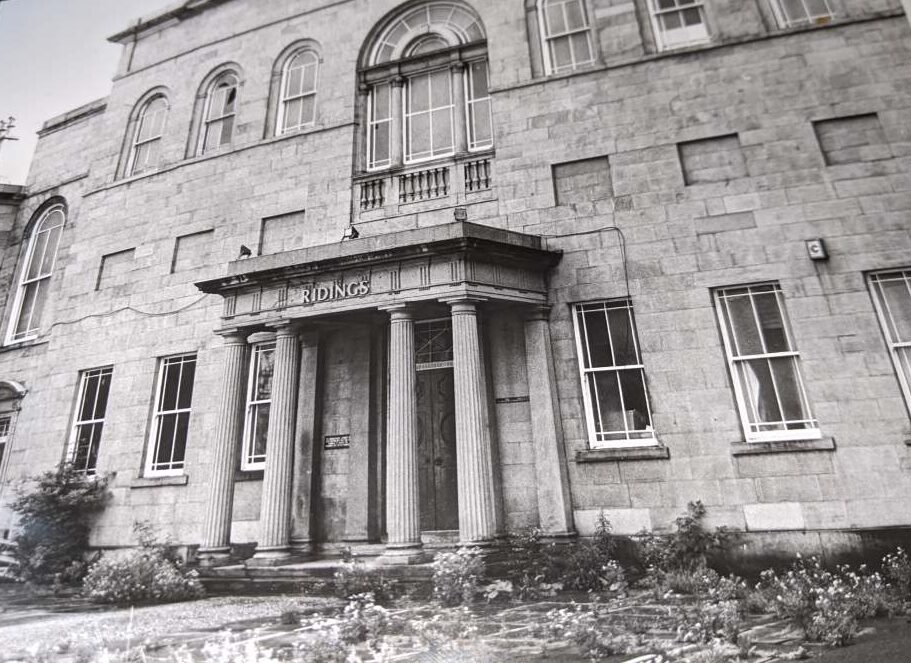
The former Queen Street Mission closed after The Ridings Squash club closed down – as architects and Kirklees Theatre Trust first saw it.
Finally in 1980 Kirklees Theatre Trust was formed bringing together representatives of the arts, councillors and local business people to deliver on the mammoth task of deciding what a new arts complex should look like, where should it be sited, who would want to use it and perhaps the biggest challenge, how to fund it. And here’s where I got involved in the other side of the story, joining KTT as a board member.
We visited established theatres across the country to see what might and might not work in Huddersfield.
We checked out sites in the town from the former ABC cinema in Market Street, demolished in the mid-1980s for redevelopment, to a railway warehouse behind Huddersfield station and even the idea of a new build on the Civic Centre site. All were discarded.
Always in the background was the Queen Street Mission. After brief incarnations as an arts centre, then a squash club and restaurant, the building was left like the Marie Celeste with doors locked on the glass backed squash courts, the restaurant tables still set for dinner which is how the council architects, one of the country’s top theatre consultants and trustees later viewed it.
That 1970 Huddersfield Arts Council request to the former Huddersfield Town Council was starting to look incredibly far-sighted.
As amateur groups and visiting professional companies soldiered on with Venn Street Arts Centre as their home, work ground on towards creating a new home for the arts community.
A £1m grant from the West Yorkshire County Council, which was being wound up as part of local government re-organisation plans, provided a massive boost.
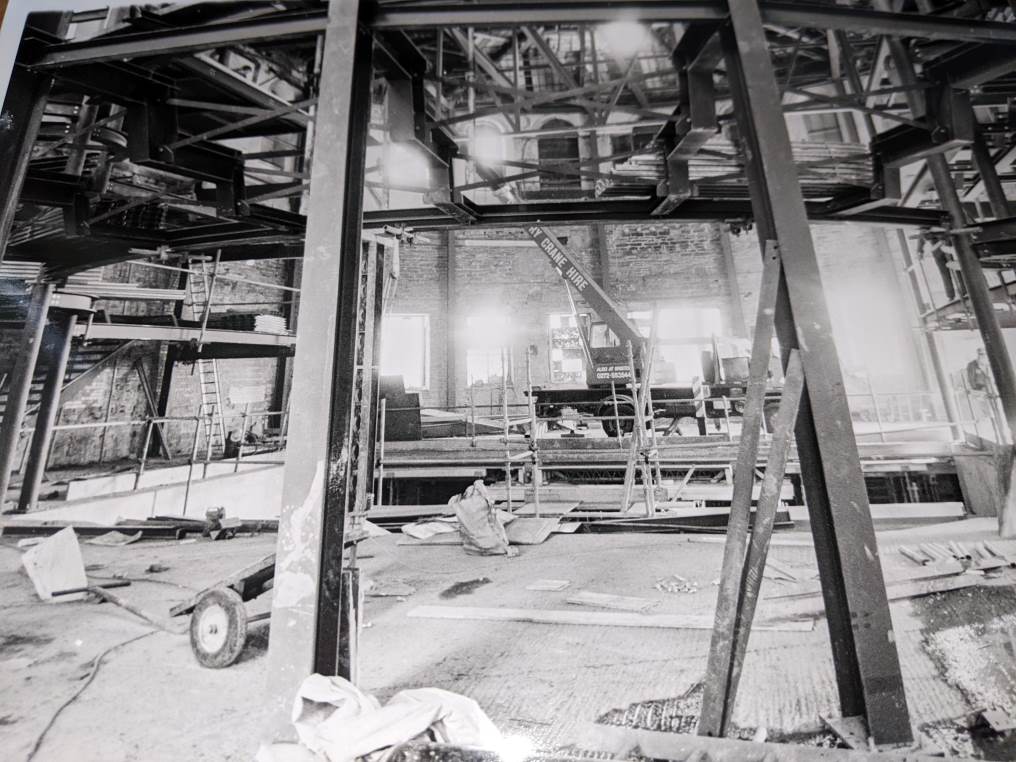
Kirklees Council, meanwhile, committed to a plan to redevelop the town centre and it became clear that the theatre project was an intrinsic part of the thinking.
It acquired the mission’s lease and pledged funds towards the conversion from the profits of the development company which it had set up with construction group Henry Boot.
Without that commitment, plans may have remained on the drawing board but it kick-started the appointment of Ron McAllister, the theatre’s founding artistic director and the setting up of a development sub-committee to raise the remaining £1 million plus still needed for what was now a £5.3m project. And there was precious little time in which to do it.
As chair of the new committee tasked with fundraising I found myself thankful for the presence of the entrepreneurial Ron McAllister and trust colleagues such as businessman Christopher England, a music lover and member of Huddersfield Arts Council, accountant Michael Dyson, a stalwart of Huddersfield Light Opera Company and health service administrator Geoff Bottomley, also a talented pianist and accompanist.
Brian Pearson of the council’s Leisure Services department was the voice of reason and the vital cog whose encouragement and wisdom kept us all going.
I found Tuesdays (my day off the day job) increasingly spent in a portable building at Red Doles Lane working alongside Ron and later in makeshift offices on site at what was to become Lawrence Batley Theatre.

Dame Judi Dench with Mayor of Kirklees Clr John Mernagh and Val Javin.
Together with other fundraising committee members, we visited businesses and individuals lobbying for donations, took a newly built model of the theatre to everything from summer galas to a kite day at an incredibly blustery Salendine Nook or a very muddy festival day at Sands Recreation Ground in Holmfirth whilst conducting late night tours of the building works complete with hard hats and marigolds (the latter for washing up after the endless cups of tea needed to fuel visitors at every event).
All were determined to combine their professional skills and passion for the arts and the effect they have on people’s lives to create the best possible facilities for the arts creators and performers in their town.
A picture surfaced recently on Huddersfield Hub of me alongside Dame Judi Dench, who laid the theatre’s foundations stone and Clr John Mernagh, then Mayor and chair of the theatre trust.
The concentrated look on my face probably says it all. Well, we’ve got a foundation stone, can we raise enough to finish it?
Thanks to some great volunteer fundraisers, fantastically supportive businesses and individuals and Kirklees Council, we did.
Two of the biggest contributions came from two very different sources. The Foundation for Sport and the Arts pledged £200,000 and the Huddersfield-born businessman Lawrence Batley, once secretary of the theatre trust, gave the highest individual donation.
Other, bigger regional theatres were also raising money to rebuild, refurbish major venues. But Huddersfield’s business community came up trumps with 17 major firms becoming founder patrons, another dozen firms and individuals becoming major donors and yet more businesses donating furniture and all manner of kit.
Fundraising did have its alarming moments, though. One of my worst was having to ask the managing director of the Examiner (ultimately my boss) for a donation towards the theatre project. A large donation!
At the time, I was also secretary (chapel clerk) of the National Union of Journalists and, thankfully for the theatre funds, I proved somewhat better at negotiating donations than I was at negotiating pay rises!
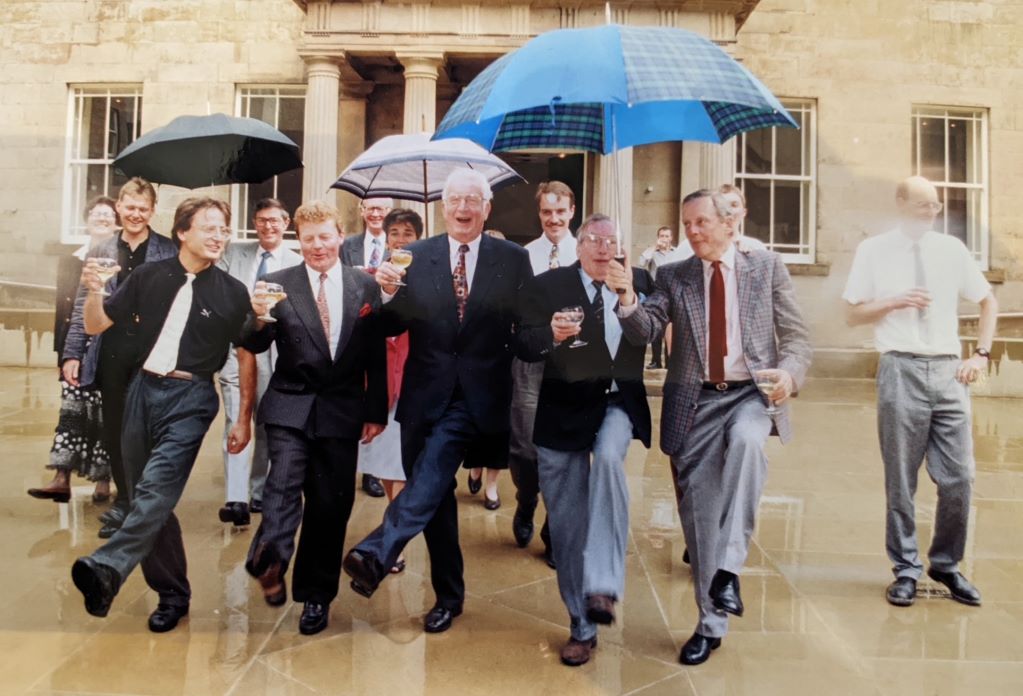
There were some fun times – that spirit lifting visit by Dame Judi, Prunella Scales in hard hat and gamely pushing a wheelbarrow for photographers – some nerve-wracking but ultimately successful times – organising the launch of the official fundraising campaign at Harewood House, home of the theatre’s then president Lord Harewood; asking the town’s youngsters to suggest items for a time capsule (safely lodged behind that foundation stone) getting actor Thelma Barlow (a former member of Huddersfield Thespians) to help host a fundraiser at Oakwell Hall, persuading fun runners to donate their mileage to the theatre project.
We sold name tags on seats, talked about heritage paint colours, acoustic panels and carpet patterns. And on the work went.
Through it all ran the commitment of those who staged shows in and around the town. They campaigned for years for a better venue and came together as a lobbying group forming in 1990 the Huddersfield Theatre Users’ Association.
A series of fundraising shows quickly followed. A music hall at Huddersfield Town Hall, a farewell to Venn Street Arts Centre called what else but Out With The Old and In With The New with a cast of more than 150 cramming into the old arts centre.
A further show in the new LBT – a heart-stopping celebration of all their ambitions hopefully delivered – brought their fundraising efforts to more than £15,000.
The amateur societies also contributed enormously to another organisation. We’d decided that a Friends of the theatre group was needed.
It would offer supporters a chance to get more closely involved with their theatre and in turn Friends’ members would be great ambassadors for the LBT. And they were.
Dozens turned up for a launch night at the George Hotel and found that as well as getting behind the scenes tours of the theatre (even before it was finished) and meeting actors and directors when shows started, they could contribute in other ways.
Many became staunch volunteer stewards at the theatre, raising funds towards equipment in the building and sponsoring individual shows.
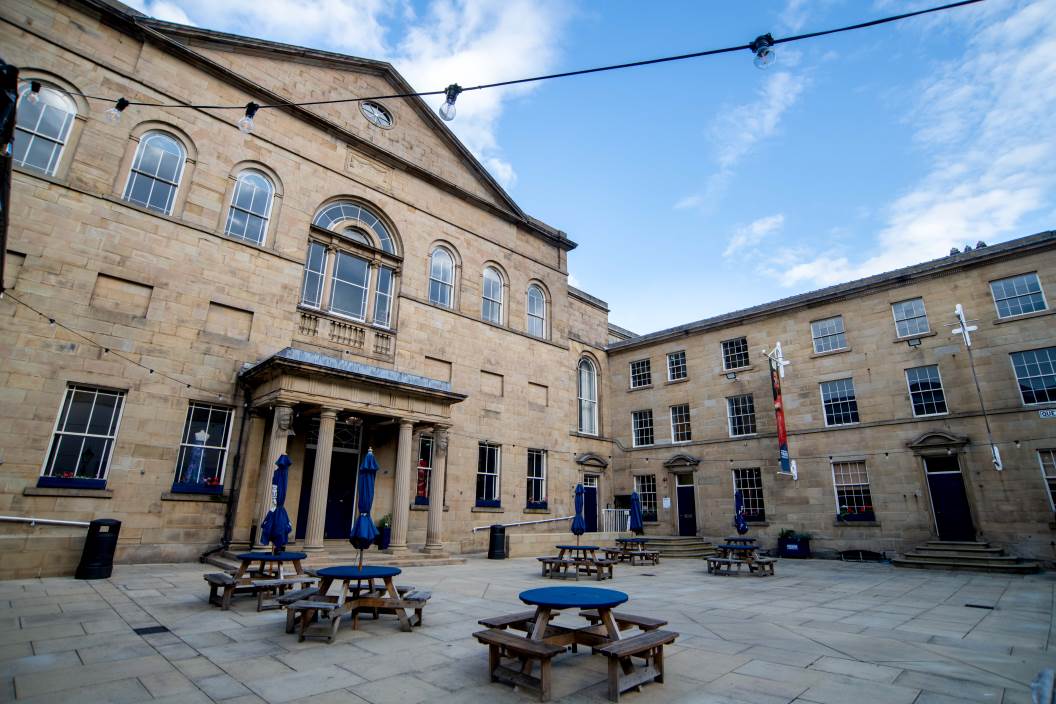
Lawrence Batley Theatre: Image by: Mark Bickerdike
As the day loomed when those keys were finally handed over, I found myself, cloth in hand, polishing mirrors in the ladies’ toilets, checking loo rolls were in place and wondering what came next.
Then it struck me. The actual building, with its great curved wall and twin wings had always felt like it was offering a welcome, a warm embrace. It was a place in which to listen to and to share stories.
And it had already begun. Those who contributed towards the building’s re-emergence as a theatre had already written their own stories into its walls and a new chapter in the building’s own history.
They’d also created a community of volunteers, of supporters, of performers who will hopefully continue to create stories in and about the theatre long into the future.
And the amateur organisations and their supporters will, as ever, remain at the heart of it all.
Archive photographs courtesy: Huddersfield Daily Examiner










